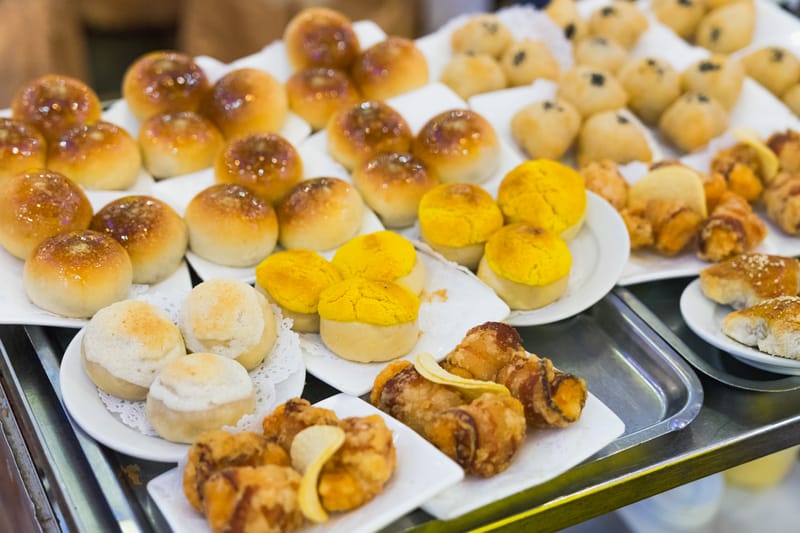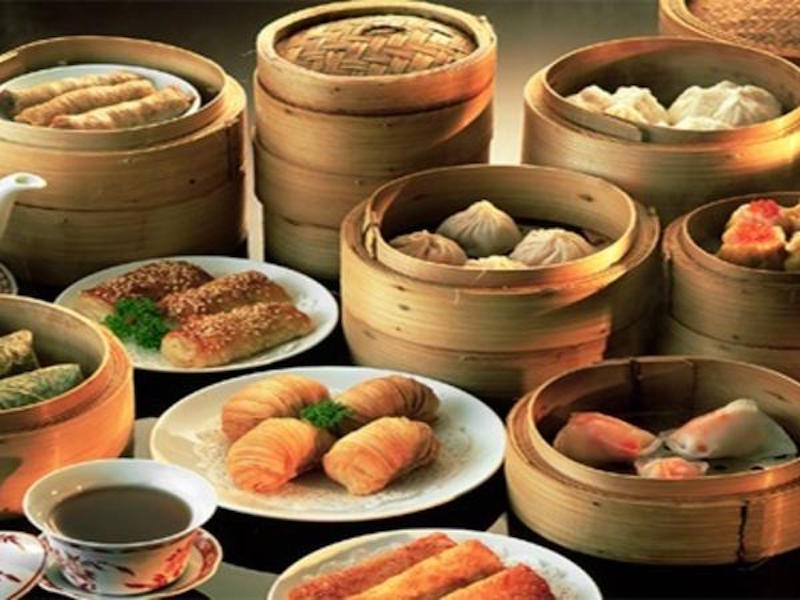
Indeed, there is a high-quality New York dim sum restaurant specializing in almost every aspect of the classic dim sum experience. While California restaurants push boundaries to keep pace with new dim sum trends in Vancouver, Hong Kong and mainland China, New York’s eateries seem to have chosen specialization ahead of innovation. » Read more: Our Ultimate Dim Sum Menu Guide with Pictures and Translationsĭespite the size and diversity of the local Chinese population, critics of New York’s Chinese food scene point to its stagnation. Like its New England neighbor in Boston, New York’s Chinatown received its first large influx of immigrants after Chinese laborers were contracted to break a strike at a nearby New Jersey steam laundry plant in 1870.

Jing Fong restaurant is quite a unique experience where once might be enough.The descriptor you’ll frequently hear used to characterize New York’s Chinatown is “old school.” Indeed, while newer waves of Chinese immigrants have established communities in Brooklyn and Queens, New York’s Chinatown remains the same Cantonese-speaking enclave I knew as a child during the 1980s.ĭespite the growth of the Chinese population in San Francisco and Los Angeles, New York’s Chinatown remains the largest Chinese community on the east coast of the United States.

I did enjoy the garlicky sauteed Chinese greens in oyster sauce ($12.95). I was not a fan of the sinewy and fatty steamed baby ribs cut into tiny bite-size pieces ($3.95), the tripe (I prefer that in pepper pot soup) or the tasteless fish balls ($4.75 for 4). Although they skimp on the filling, the flavor was good ($3.95 for three). Also worth trying are the shrimp and pork dumplings ( sui mai $3.95 for 4), shrimp dumplings ( har gow $4.75 for 4) and the barbecue roast pork buns ( char shu bow). My favorites were the shrimp spring rolls that were crisp outside with a filling where I could actually taste and feel the texture of the shrimp. Once you select one, the waiter places it on your table and stamps your card with either an S ($3.50), M ($3.95), L ($4.75) or SP ($6.75) that is tallied to calculate your bill when you check out! Along one side of the cavernous room, there’s also a cafeteria-like line with other offerings that we didn’t visit. If you’re not as lucky, you just look and pick - often wondering what’s inside the 100+ dim sum (ranging from $3.50 to $6.75) they’re serving. Now, this is where I was lucky to have someone who spoke the same language as the waiters who quickly push carts with steamer baskets filled with dim sum around the room until someone stops them. Once your number is finally called, you ascend a long escalator to the mammoth dining room where you are seated with strangers at a large round table, given a card and wait. Since ours was over 30 minutes, we went around the corner to for bubble tea at Ten Ren. When you arrive, you need to push through the crowds to get inside to where a hostess gives you a number. Lucky me going to Jing Fong old-fashioned Chinese dim sum restaurant with one of my friends who speaks their language.


 0 kommentar(er)
0 kommentar(er)
